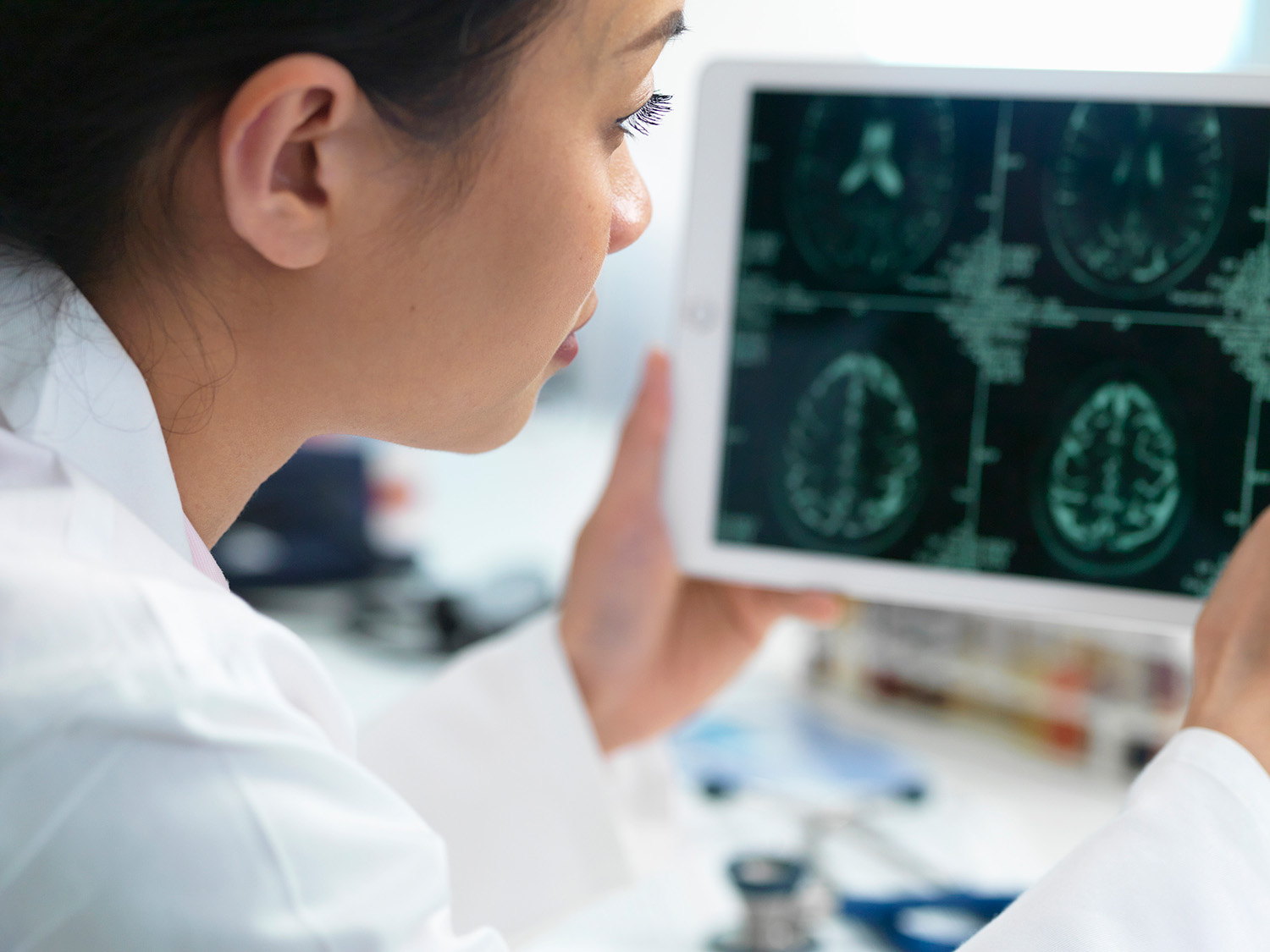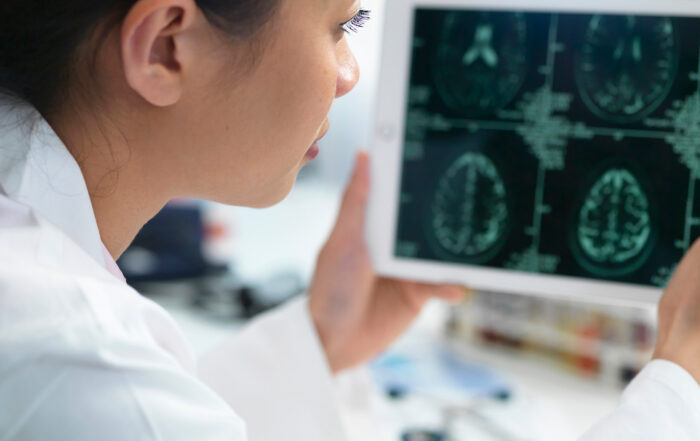
One of the most difficult parts of addiction is dealing with the stigma that surrounds it.
The belief that someone with addiction can simply “stop” or exercise greater control over their behavior is widespread and pervasive.
Unfortunately, this belief is also untrue, harmful, and counterproductive to the treatment of addiction at every level.
Here’s why.
Addiction Is a Brain Disorder
The truth is, addiction is a brain disorder.
Regardless of the addiction itself—it might be alcohol or drug abuse, smoking, gambling, food, or any number of other things—the story is the same: the behavior in question causes a surge in dopamine, and the brain requires more and more of it for satisfaction.
All About the Pleasure Center
Your brain doesn’t differentiate between sources of pleasure. It doesn’t register a difference, for example, between tasty food, winning a game, or consuming an alcoholic beverage. To your brain, pleasure is just pleasure.
This function developed for good reason–without enjoying things like eating, we’d forget to do it. But, of course, we need to eat to survive. By associating eating with enjoyable feelings, our brains ensure our continued nourishment and survival.
Whether or not something is likely to move from pleasurable to an addiction is directly related to the surge of pleasure it produces in the nucleus accumbens, a cluster of nerve cells in the brain often referred to as the brain’s “pleasure center.”
The things that become addictive are the ones that trigger an oversized surge of pleasure in the form of the brain chemical called dopamine.
A normal amount of dopamine simply says, “Hey! This is okay!” But a potentially addictive amount of dopamine triggered by substances like nicotine, cocaine, or opioids can cause a pleasure center response ten times stronger than average.
When this happens, the brain itself actually begins to change. It associates the increased pleasure with the addictive substance or behavior, and it spends a lot of time trying to experience that level of pleasure again—even as your tolerance builds, and you need more and more of that thing to achieve the same rush.
And while your brain is spending all that time on the addiction, you’re experiencing things like brain fog and cognitive difficulties, memory loss, learning challenges, poor decision-making ability, and more.
The Impact of Stigma and Addiction
The tragedy of substance abuse is well-publicized. It shouldn’t be surprising to hear, at this point, that there are tens of thousands of deaths in the United States every year due to drug and alcohol use.
There are effective treatments available, and the healthcare system should be a welcoming space—practitioners have the tools required to help individuals overcome addiction and heal.
But many of these treatments are going underutilized. So many of the people who could benefit from them aren’t even looking for them.
Stigma is generally defined as a “mark of disgrace” attached to a behavior, trait, or circumstance. Stigma is commonly attached to substance use disorders, due to the erroneous belief that addiction is a personal choice and a moral failing.
This commonplace belief leads to feelings of shame for individuals struggling with addiction. And it means those who don’t often display judgment and disdain.
No matter the topic at hand, shame often prevents people from asking for help. Those struggling with addiction are less likely to seek care for that addiction if they’re too ashamed to admit what’s happening to them.
On the other side of the same coin, addicted individuals are commonly seen as irresponsible, lacking good judgment, or even “lazy.” And healthcare providers who take this view offer inadequate, substandard care alongside treatment options that might not be up to date or appropriate.
Feeling judged by medical personnel reinforces feelings of shame, making it less likely that people struggling with addiction will reach out for help again.
All of this stigma compounds to create a landscape of addiction, illness, and injury that could be largely avoided with the appropriate education and understanding.
Ending the Stigma Around Addiction and the Brain
The discrimination associated with substance use and addiction is an enormous, enduring barrier to appropriate care—but it’s not an insurmountable one.
We can all make changes to help stop the stigma.
Change your mindset.
Remind yourself and your loved ones that addiction happens in the brain and is a recognized brain disorder.
Reinforce the truth that addiction is not a personal choice or a failing. It is a medical situation that needs a medical approach.
Understand that treatment is effective.
Medical concerns require medical treatments—and treatments for addiction and substance use are safe and effective solutions that genuinely work. They save lives every day.
And these treatments could save many more lives if they weren’t underutilized due to the impact of stigma.
Treatment Is Available and Accessible
Whether you’re the one struggling with substance use disorder or it’s a loved one who’s suffering, there’s help out there and readily available for you.
Millions of Americans have a substance use disorder, and FindTreatment.gov can direct you to treatment centers and providers in your area.
Support groups are available for family members affected by the substance use of a loved one, and individual therapy can help, as well.




